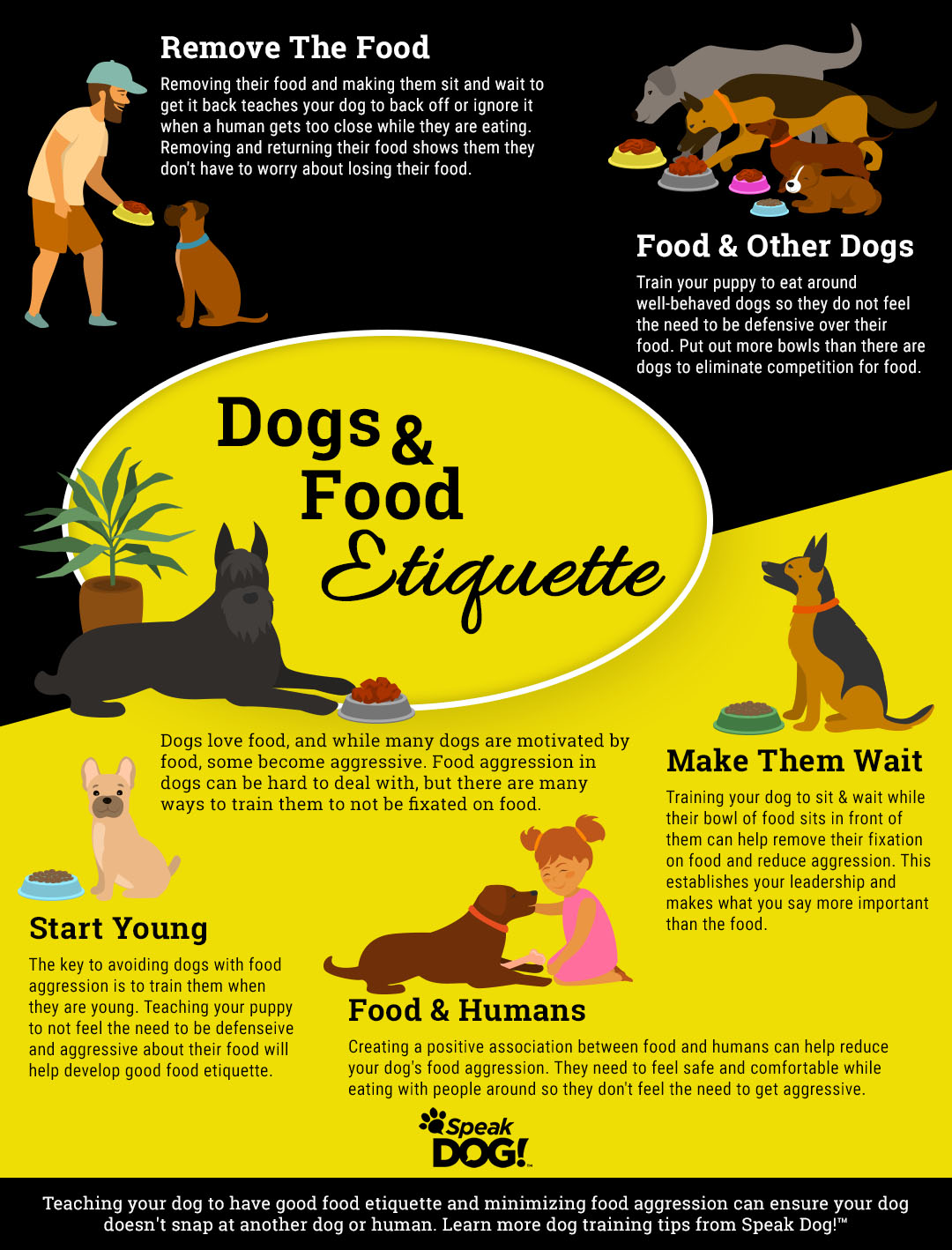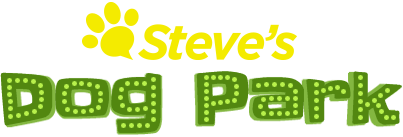Dining Etiquette
Training Food Etiquette in Dogs
Many dogs are motivated by food. They learn that they get food when they come when called, that if they bark they will get a treat, and that if they beg they will get scraps from the table. While some dogs simply just enjoy food, others may become aggressive, which can lead to some bad situations. When it comes to your dog and food, you want to train them to have food etiquette in a variety of situations.
If your dog has food aggression, you can learn how to train them to no longer be fixated on food by learning how to Speak Dog!™. Steve Lankfer can help you be a better leader of your dog with Speak Dog™! Be sure to subscribe today to get started and become the leader that your dog wants and needs.
In today’s blog, we are going to discuss food etiquette in dogs and how you can train your furry friend to not be fixated and aggressive over their food. Read on to learn more and be sure to subscribe for more dog training tips and tricks.
Start Young
If you have recently welcomed a new puppy to the family, training them to sit and come are not the only commands you will need to teach them. Training your young pup to be good around their food can help prevent food aggression as they get older. There are a few methods you can use to prevent your pup from being aggressive with their food.
Take The Food Away
While your puppy is eating their food, calmly remove their food bowl and make your puppy sit and wait to get it back. By doing this, you can show your puppy that it is okay for humans to touch their food and they will get their food back if it is taken. If you do this while they are young, you will be able to train them not to go into panic mode or snap at someone when their food is taken away or messed with while they are eating. You want your dog to back off when a human touches their food or to simply ignore it — you don’t want them to become defensive and protective. By taking their food away as a puppy, you will train them to understand that they don’t need to be aggressive about their food being touched.
Pet Your Puppy
While your puppy is eating, be sure to pet them, talk to them, and touch them while they are eating. They may get annoyed with you at first, but if you keep doing this while they are eating, eventually they will be comfortable being touched and interacted with while they eat. This will teach them to stay calm and not react when someone interacts with them while they eat.
Whether another adult or a child touches your dog while they eat, they will not snap at them because they become used to it and know there is no issue with this contact. Make sure not to be annoying to your pup; they will mostly likely not enjoy being touched while eating, but being annoying will make matters worse. Instead, gently pet them and talk to them in a soothing voice. This will help them from getting too annoyed while also getting used to people interacting with them while they eat.
Feeding With Other Dogs
When you are feeding your puppy with other dogs, there are several things you can do to help reduce the need for your dog to be aggressive over their food. First, feed them with other well-behaved dogs. This will teach your pup that they don’t need to be aggressive and that their food is safe around others.
If you have multiple dogs who may tend to show signs of food aggression or you have multiple puppies that you are trying to train at the same time, make sure there is no competition for food. If your dogs think that they have to compete for their food, they are much more likely to be aggressive about it and snap at other dogs. But if there is more than enough food, they will not feel the need to be aggressive. When training your pups, leave out more food bowls than there are dogs. This will greatly reduce the competition and allow dogs to eat without worrying about getting enough food.
Make Them Wait
Train your dog to wait for their food. To start this, make your pup sit and make a game out of it. Teach your dog to sit and use that to teach them to wait for their food. If your dog knows that it is dinner time and is excited and jumping, don’t yell at them to sit, instead stand completely still and ignore your pup until they calm down and sit on their own. When they do this reward them with a piece of food.
Make them continue to sit there and wait. After they have waited for a few seconds give them another piece of their food. Then take a few steps away and make them follow you and sit again. When they do this, reward them with a few more pieces of food. This will become a game to them and they should pick it up quickly, especially if they are hungry or motivated by food.
Once your pup develops this skill, teach them to leave it. To do this, you will want to teach your pup that they will be rewarded for sitting calmly and waiting for what they want. Put your pup on a leash and hold it at a consistent length, about four or five feet. Toss a treat further away then the leach length and hold on tight. Your dog will likely go after the treat and pull the leash as hard as they can. But hold them tight and stand still. Eventually, your dog will realize they are not going to get their treat this way. At this point, they will turn to you and sit. When you pup does this, reward them with a treat right away.
Keep giving your dog treats as they sit there and look at you. You should be giving you dog treats fast enough that they are not taking their attention from you. Pretty soon, your dog’s gaze and attention should be fixed on you and they should no longer be focused on the treat on the ground. At this point, say “Okay!” or another release word, and walk them toward the treat on the floor. However, don’t let him pull you to the treat. This will negate what you just trained.
By teaching your dog to wait for the food on the ground and making them focus on you instead, they learn to show you respect and not to be motivated or fixated on the food.
Food and Human Association
When it comes to food and humans, you want your dog to associate one with the other in a positive way. If you notice that your dog eats faster, stiffens, or even growls as you move closer to them while they are eating, you will want to help make them more comfortable with humans around their food. While they eat, stand a safe distance away and toss a steady stream of small treats into their bowl. When your pup finishes eating, move closer and toss a few more treats into the bowl. After a few meals using this method and moving closer each day, your pup should begin to feel more comfortable with humans being around with they eat.
Food aggression and fixation can make certain situations with your dog difficult. Trying these tactics can help and will allow you to train your dog to feel comfortable with humans being around while they eat. Become the leader your dog needs by learning to Speak Dog!™ and teaching your dog proper food etiquette.
For more training tips and information, be sure to subscribe to Speak Dog!™ and let Steve Lankfer walk you through the steps of becoming your dog’s leader.


Join our canine community today!
Steve's Dog Place is the FREE place to talk about dogs, learn about their behavior, brag on your pet and more.
Make a pet profile
Share pics
Meet other dog lovers
Post canine questions
Earn Attaboy! Reward Points and more
